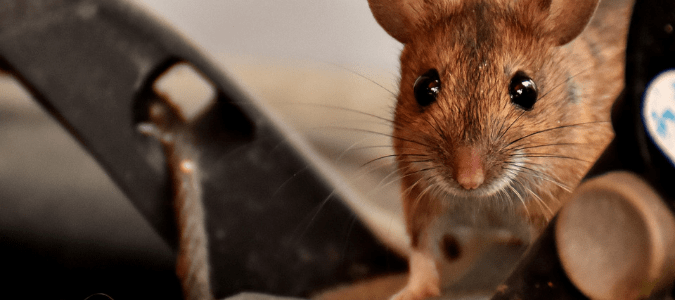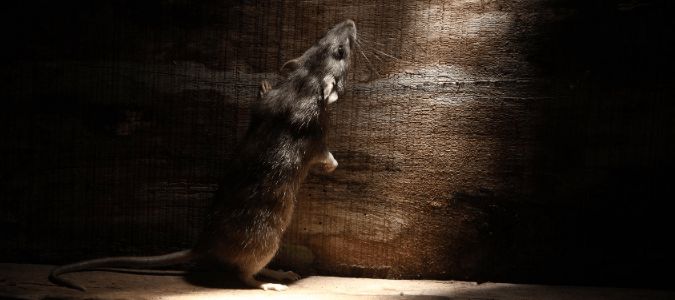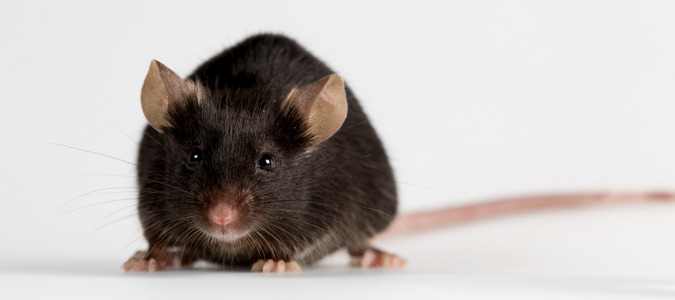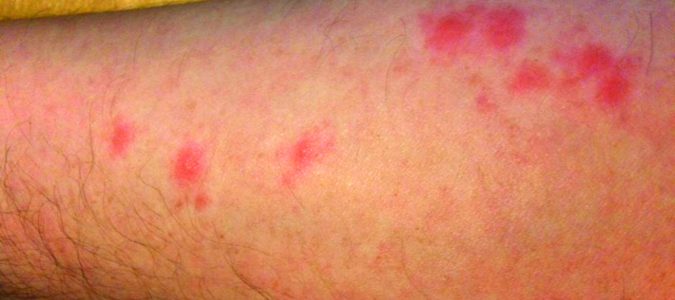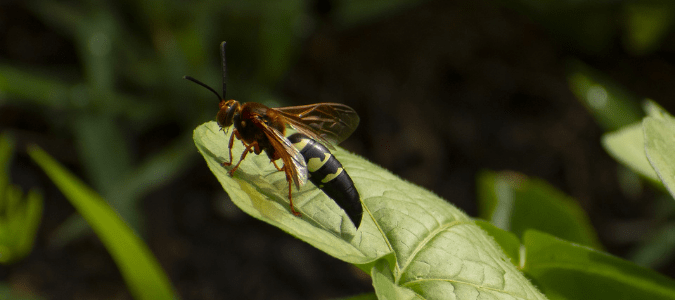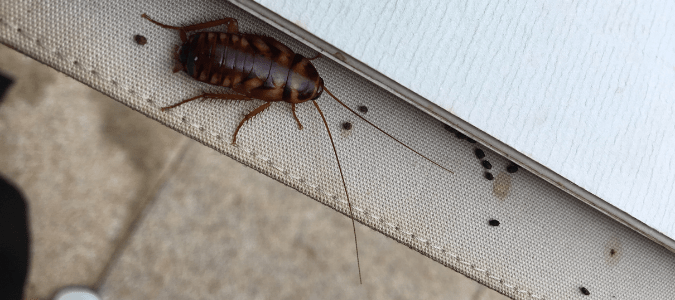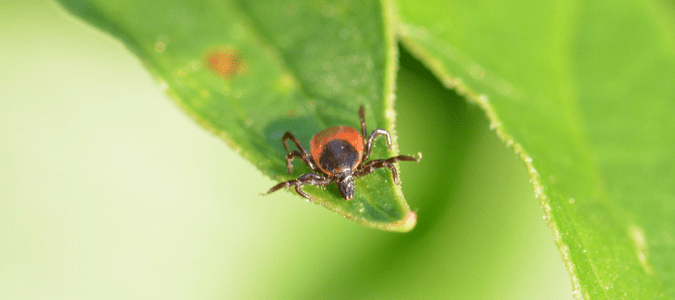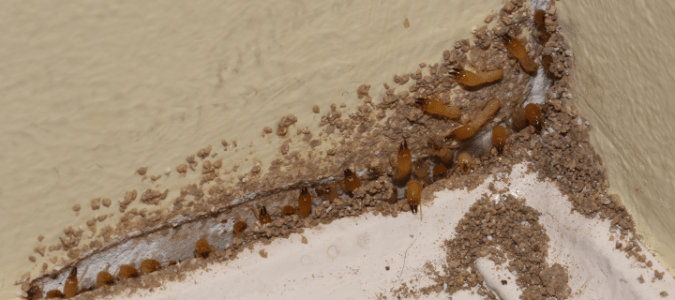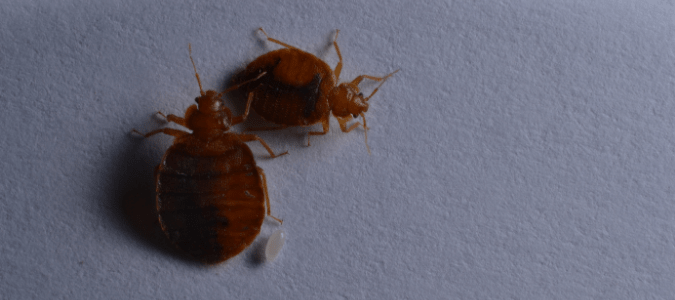The Giant African Land Snail: What You Need To Know
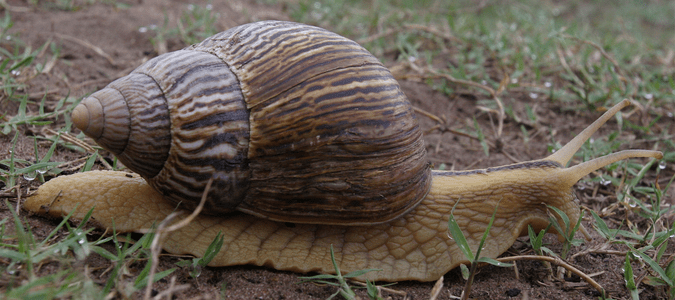
Giant African Land Snails are an invasive species that can cause property damage and disrupt agriculture. While they originated in Africa, they are now found worldwide. Infestations are extremely serious.
These snails prefer warm and humid climates, which is why they are most often found in the southeastern states of America. Currently, a new Giant African Land Snail population has been discovered in Pasco County, Florida. This is the third time that the state has dealt with an infestation.
Florida residents should understand the risks of a Giant African Land Snail infestation and learn how to identify these pests. This guide will break down their appearance, habitats, mating habits, reproduction cycle and more. It will also cover the previous infestations in Florida and what the state is currently doing to eradicate these pests again.
What Do Giant African Land Snails Look Like?
As you can probably tell from their name, Giant … Read Full Post »
